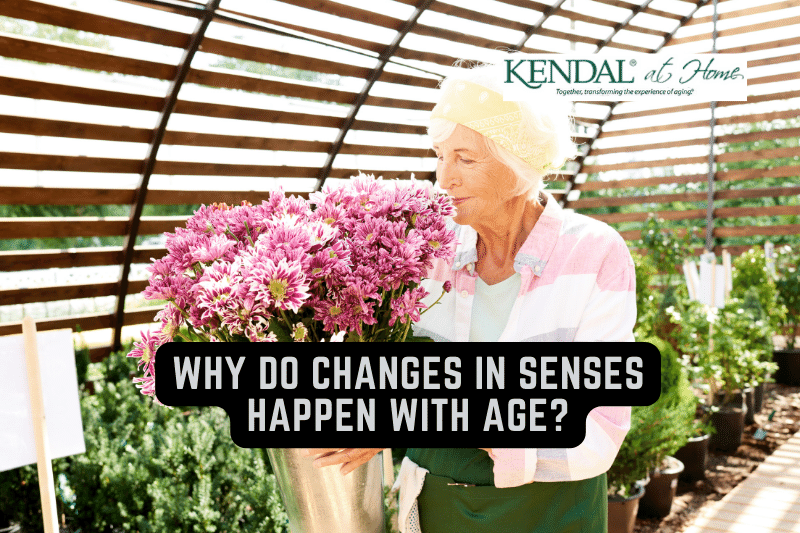Do you often find yourself holding the newspaper at arm’s length to read the daily headlines? Are you squinting at your computer screen? When you go out to eat, do you have a difficult time reading the menu? If so, you’re not alone. Many older adults experience vision issues as part of the aging process.
Here, we’ll look at some common vision issues for older adults and what you can do to protect your eyesight.
Normal Age-Related Eye Changes
While it might seem distressing to have to squint to read fine print, it is actually quite common, according to the National Institutes of Health. Other normal age-related eye changes include:
- Difficulty seeing objects clearly
- A decline in color sensitivity, like distinguishing blue from black, for example
- The need for more light
Most of the time, these issues can be corrected with an updated or new prescription or by simply using more light when reading.
5 Common Age-Related Eye Problems and Diseases
By 2050, the number of people with eye-related diseases is expected to double. Not only that, by 2050, the number of people living with low vision will triple. Early treatment of age-related eye problems and diseases can help preserve your vision and prevent any diseases from progressing.
Here are some common eye problems and diseases to watch for.
1. Age-related macular degeneration (AMD)
What is it: AMD affects the macula, the part of the eye that allows you to see fine detail. As a result, it prevents you from having sharp, central vision, the kind of vision you need for activities like sewing, reading and driving.
Other risk factors for developing AMD include age, smoking, family history and being Caucasian.
2. Cataracts
What are they: Cataracts are clouding of the eye’s lens. They are very common, with more than half of Americans experiencing a cataract by the time they are 80. Smoking, diabetes and normal changes in the eye as you age lead to the formation of cataracts. Symptoms of cataracts include cloudy or blurry vision, seeing faded colors, glare from lights and poor night vision.
3. Dry Eye
What is it: Dry eye happens when the eye either doesn’t produce enough tears or the tears evaporate too quickly. It can make it difficult to read for long periods, use the computer and decrease your tolerance for dry environments — like the interior of an airplane. Symptoms include stinging or burning of the eye, a sandy or gritty feeling, decreased tolerance of reading, and inability to cry when emotionally upset.
4. Glaucoma
What is it: Glaucoma can damage the optic nerve and result in vision loss or blindness. It has no symptoms at first, but you may eventually notice loss of your peripheral vision. Your risk for glaucoma increases if you’re over 60, have a family history or are African-American or Mexican-American.
5. Low Vision
What is it: You have low vision if you have difficulty reading, cooking, shopping, seeing the TV or writing even with proper contact lenses, glasses, medicine or surgery.
Devices for low vision: If you’re experiencing low vision these devices might make it easier for you to see clearly:
- Reading glasses with high-powered lenses
- Handheld or video magnifiers
- Computers or reading materials with large print
How to Protect Against Eye Diseases and Problems
You can do things every day to protect your vision, but for the best prevention it is recommended you have a yearly comprehensive dilated eye exam. Many of the above conditions don’t have early symptoms, but they can be detected and treated more effectively when found early.














